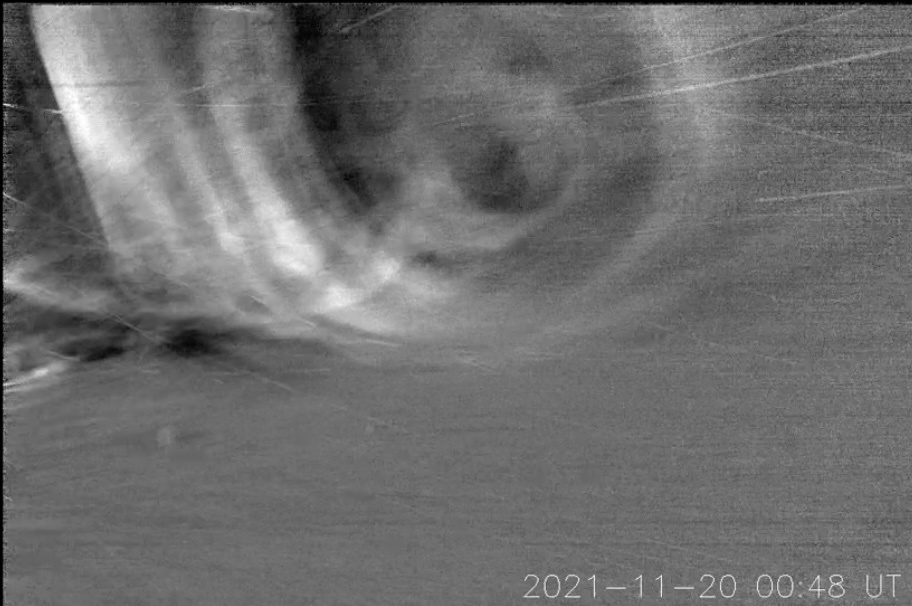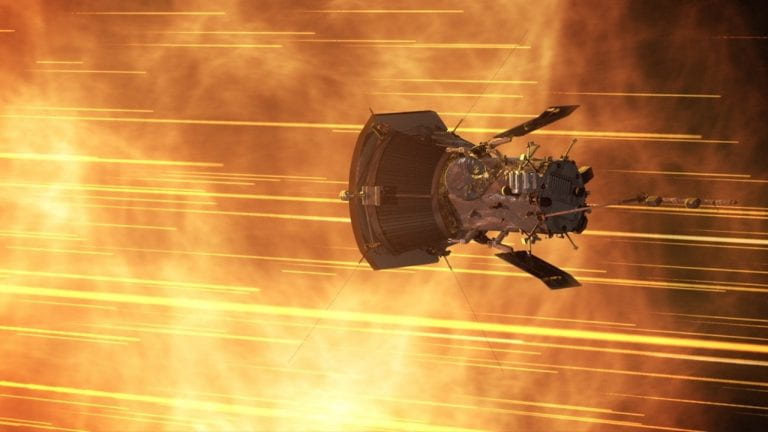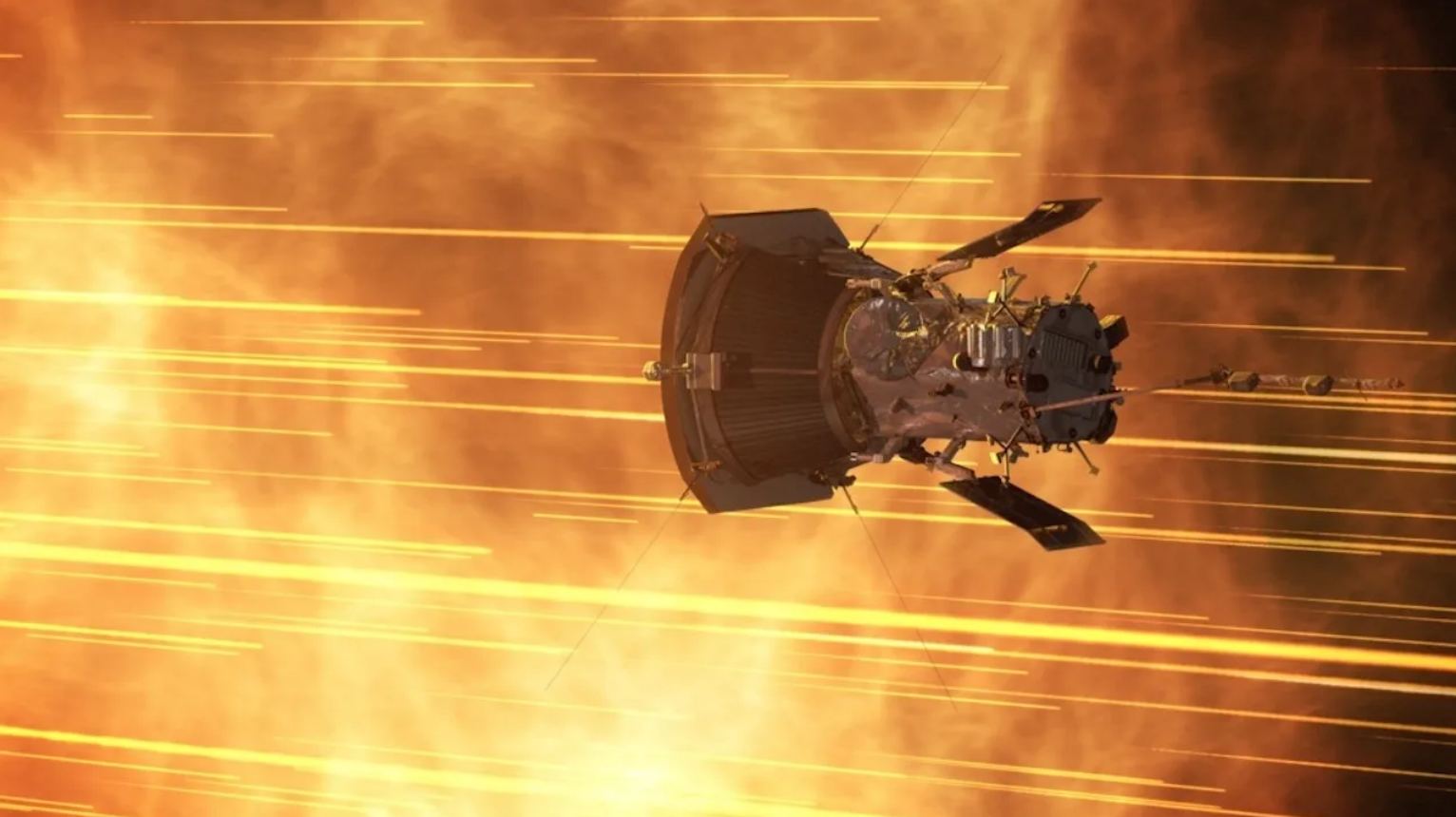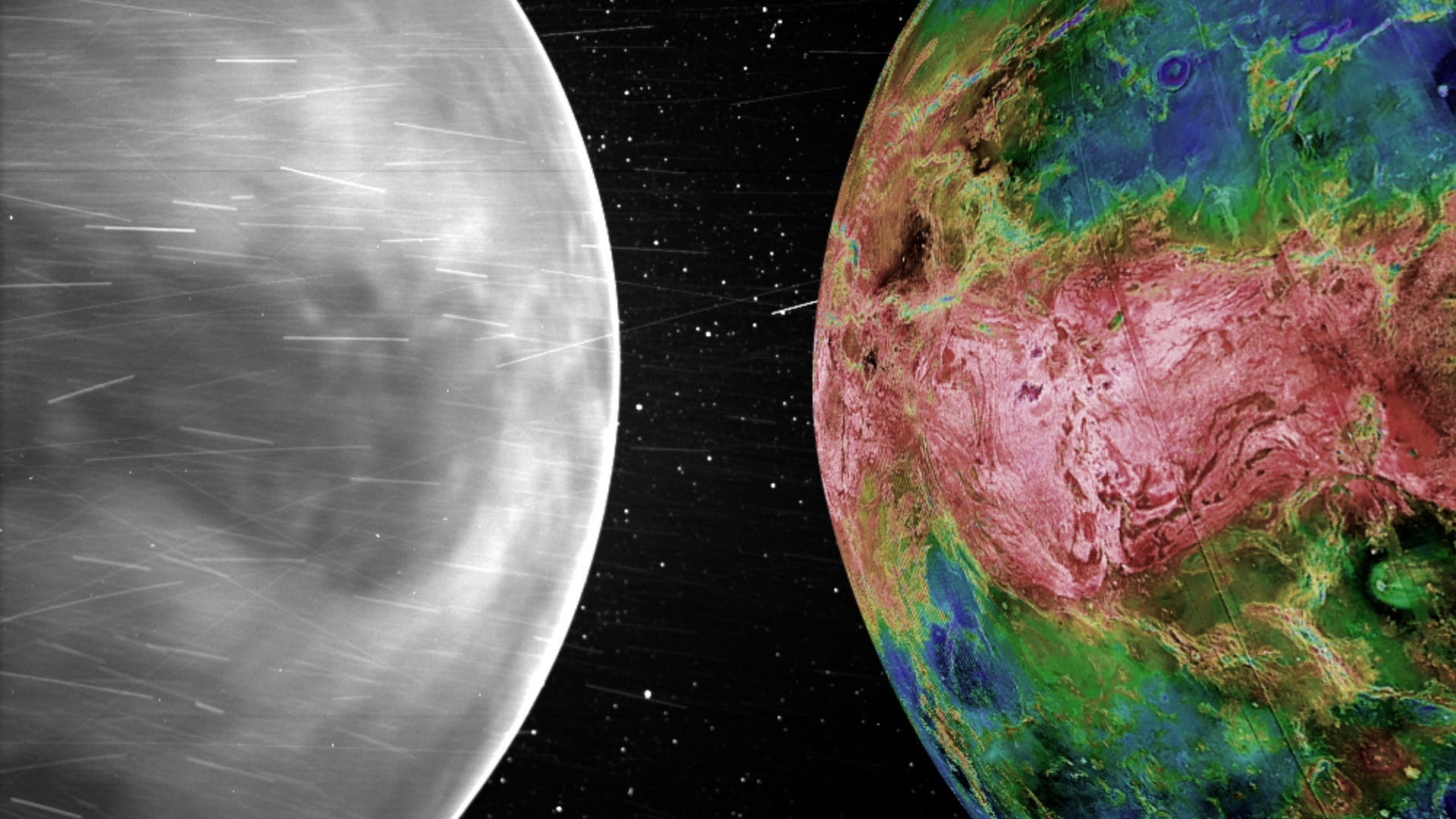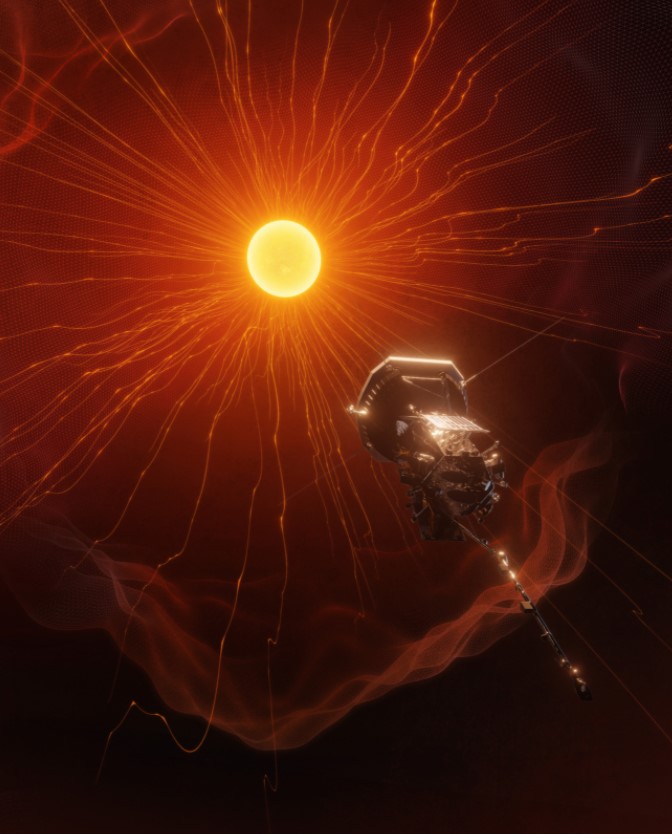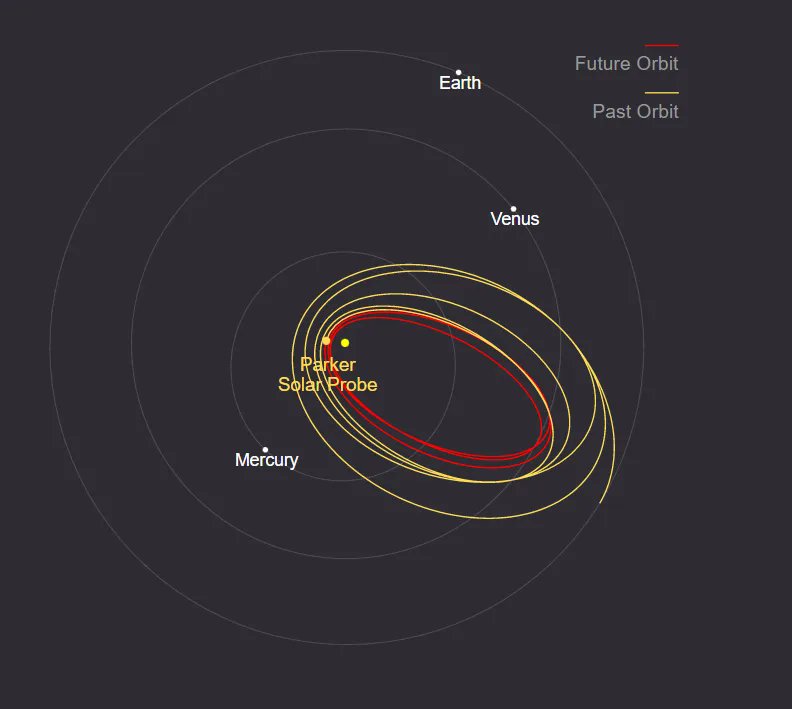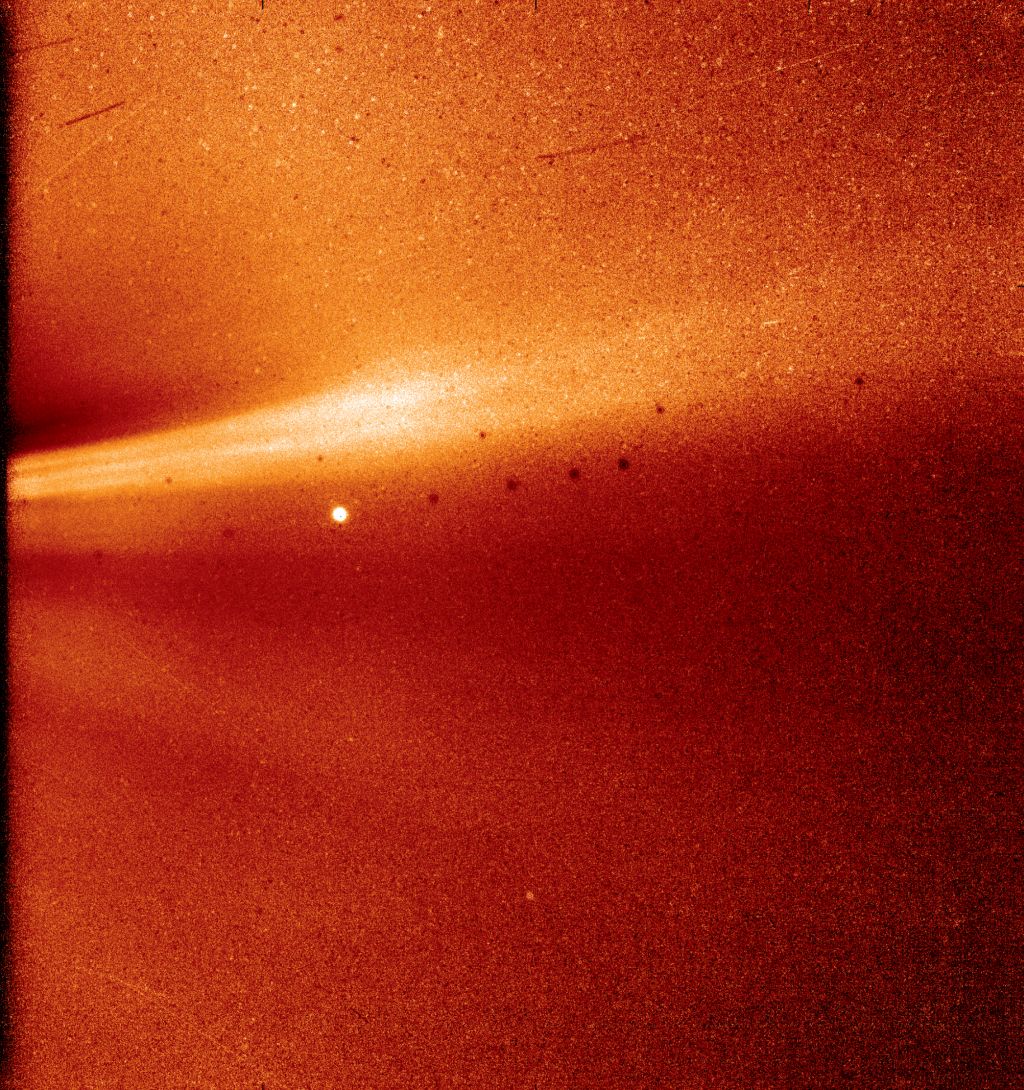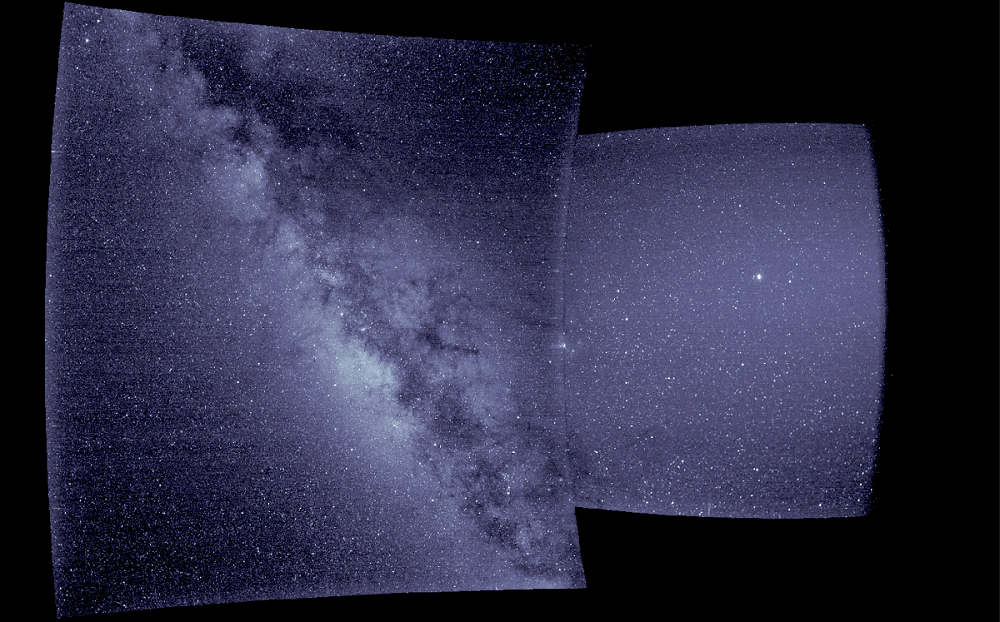NASA’s Parker Solar Probe has been in studying the Sun for the last six years. In 2021 it was hit directly by a coronal mass ejection when it was a mere 10 million kilometres from the solar surface. Luckily it was gathering data and images enabling scientists to piece together an amazing video. The interactions between the solar wind and the coronal mass ejection were measured giving an unprecedented view of the solar corona.
Continue reading “WISPR Team Images Turbulence within Solar Transients for the First Time”WISPR Team Images Turbulence within Solar Transients for the First Time
